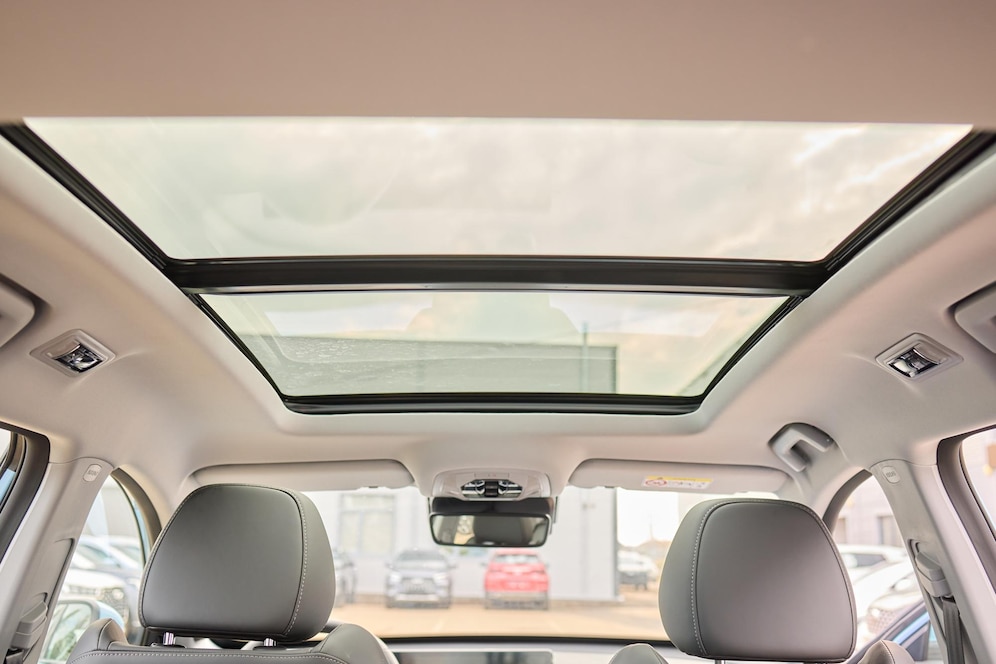Many car owners love the idea of having a sunroof—more sunlight, fresh air, and a sleek appearance. But once they realize the cost of professional installation, the next thought is: can I do it myself? The truth is, installing a sunroof in your car yourself is possible, but it comes with challenges and real risks.
This article will walk you through what DIY sunroof installation really involves, what tools and skills are required, and when it’s better to leave it to the professionals.
Is It Possible to Install a Sunroof in Your Car Yourself?
Yes, it is possible—but it’s not easy. A sunroof installation is not a typical DIY job like changing oil or replacing a battery. It involves precision cutting, sealing, and mechanical work. You’ll be dealing with your car’s structural integrity and weatherproofing, so there’s very little room for error.
The more basic the sunroof (like a pop-up or tilt sunroof), the more likely a skilled DIYer can handle it. But even then, the process can get complicated. It’s not just about cutting a hole in the roof—you also need to install the right drainage system, seal it properly, and make sure it doesn’t leak or cause rust.
For those considering a more reliable approach with expert help, professional Sunroof Installation services can often save time, stress, and future repair costs.
What You Need for DIY Sunroof Installation
Before you grab a cutting tool and get started, you should know what a proper sunroof installation requires. Here’s a breakdown of what you’ll need:
Tools Required:
-
Jigsaw with a metal-cutting blade
-
Sealant gun with automotive-grade sealant
-
Measuring tape and center punch
-
Screwdrivers, ratchet set, and clamps
-
Protective gloves and goggles
Materials Required:
-
DIY sunroof kit (usually includes glass, frame, seals)
-
Weatherproof sealant or adhesive
-
Trim or headliner fabric for interior finish
-
Drainage tubing (for some models)
Skills Needed:
-
Comfortable cutting sheet metal with precision
-
Understanding of car electrical systems (for power sunroofs)
-
Ability to measure and align the sunroof frame exactly
-
Experience with waterproofing techniques
Even one mistake—like a poor seal or an uneven cut—can result in leaks, wind noise, or worse, roof rust over time.
Pros and Cons of Installing It Yourself
Pros:
-
You can save money on labor (sometimes $300–$700)
-
You get the satisfaction of completing a complex DIY job
-
Some kits are made for beginner-friendly installations
Cons:
-
High risk of leaks or structural issues
-
No warranty if something goes wrong
-
Potential damage to roof or headliner
-
Lower resale value if poorly installed
This is why many car owners, even if they’re confident with tools, still consult with professionals.
Can Any Car Get a DIY Sunroof?
Not all cars are ideal for DIY sunroof installs. Newer models with curved roofs, integrated safety systems, or side curtain airbags make the job riskier. Cars with flat metal roofs and simple headliners are more suitable.
Also, if your car already has roof support beams where you plan to install the sunroof, cutting into it may weaken the structure.
That’s why at Texas Reliable Auto Glass, our team evaluates your car first to see if a sunroof install is even safe. We believe not every car is built for a retrofit sunroof, and forcing it can cause expensive damage.
Step-by-Step Overview of a DIY Sunroof Install
Here’s what a basic DIY installation process usually looks like:
-
Measure and Mark: Use the template provided in your kit to outline where the sunroof will go.
-
Remove Interior Lining: Take down the roof headliner and inspect for obstructions.
-
Cut the Roof: Using your jigsaw, carefully cut the marked section. This must be done with absolute precision.
-
Install the Frame: Fit the sunroof frame into the opening, apply sealant, and screw it in securely.
-
Attach Drain Tubes (if needed): Route them to drain water outside the vehicle body.
-
Replace Headliner and Trim: Modify the trim to match the new shape and reinstall the lining.
-
Test for Leaks: Pour water over the sunroof and check for moisture inside.
It sounds simple in theory—but each step must be done with extreme care to avoid lasting issues.
How Much Money Can You Save?
Most DIY sunroof kits cost between $300–$600. A professional installation might cost anywhere from $700 to $2,000 depending on the type of sunroof.
You could save around $500 by doing it yourself, but that savings disappears fast if you make a mistake or need professional help later. Fixing a bad install can cost more than doing it right the first time.
When Should You Call in the Experts?
-
If you’re unsure about cutting metal accurately
-
If your car has electrical wiring or airbags in the roof
-
If your sunroof requires motorized controls
-
If you want a professional finish for resale value
In short: if you want guaranteed quality, go with a pro. If you’re doing it just to learn or test your DIY skills, try it on an older vehicle—not your main ride.
Final Thoughts
So, is it possible to install a sunroof in your car yourself? Technically, yes—but it requires the right tools, a steady hand, and a solid understanding of your vehicle’s structure. While it might seem like a cost-saving move, a DIY sunroof install can lead to leaks, damage, and higher expenses down the road.
If you’re confident in your abilities, a basic pop-up sunroof could be a manageable project. But for long-term performance, resale value, and peace of mind, it’s best to leave it to the pros.
Want a secure, weatherproof sunroof you can rely on year-round? Contact us today for expert installation you can trust.
